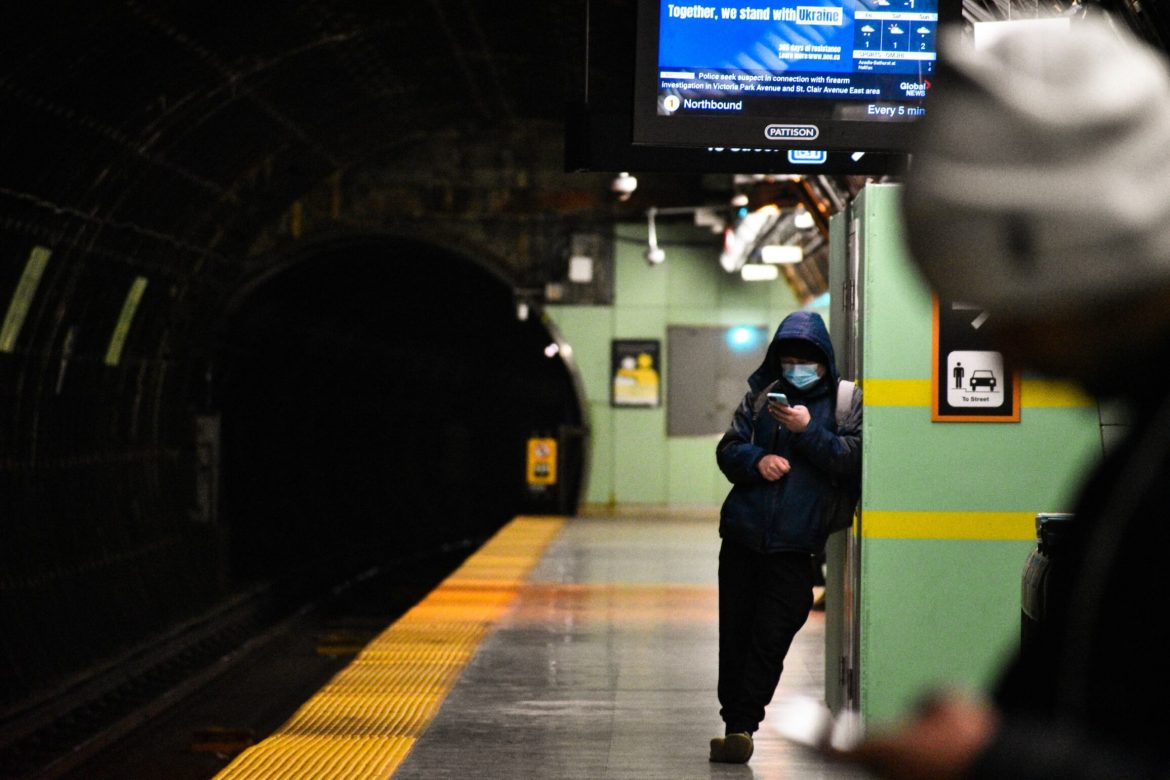Photo Credit: Emily Tung
Tips and Tricks from a newbie commuter turned expert.
Elizabeth Xu, Contributor
When I graduated from high school, I was used to a quick 10-minute commute to school. With my school just down the street, I never had to wake up as early as my friends, as I only had to walk a kilometer to get there. However, this convenient lifestyle did not prepare me for the drastic change when I became a commuter student at U of T. My daily commute, which used to be 20 minutes, suddenly became two hours. Along the way, I learned how to adapt to this new commuter lifestyle and picked up a few tips and tricks that I would like to share.
Despite having lived in Toronto all my life, I realized that I didn’t know much about commuting around the city. My first time going downtown in years was just a few weeks before graduating high school. On my first day commuting to the St. George campus, I was fortunate to encounter other commuter students who helped me navigate Toronto’s subway system. However, when I was on my own, I struggled with directions and felt the need to consult the commuter’s guide in The Mike on my first day of orientation. It served as a helpful reminder of the subway lines, their intersections, and the importance of obtaining a student Presto card. So here are some of my tips for you to become a TTC pro:
Tip 1: Student Presto Card
Regarding the student Presto card, I discovered that I had been paying an adult fare until a conversation with a friend one month before the end of my first year. Although I had changed my regular Presto card to a student card at my local Shoppers Drug Mart, I realized that it only allowed me to pay for a discounted student monthly pass and wasn’t the same as purchasing a student Presto card. An adult Presto card charges $3.30 per trip, while a student card charges only $2.35. Looking back, I realized I could have saved roughly $300 throughout the school year if I had simply bought a student Presto card at the beginning of the year.
Tip 2: Dealing with Subway Breakdowns
As a newcomer to commuting via subway, I had little knowledge of how common subway breakdowns can be. They happen from time to time and can throw parts of the city into chaos. Initially, I would rush to catch the nearest shuttle buses, only to realize that taking the shuttle bus was the worst way to navigate subway breakdowns. In my experience, the shuttle buses were often crowded and slow due to traffic congestion, sometimes even slower than walking. I soon learned the importance of checking TTC alerts before entering the subway and waiting out delays at the nearest workspace. If the subway broke down halfway, I would often seek refuge at the nearest workspace, such as the St. George OISE library or the quiet food court at York Mills Station. For those with long commutes, it’s helpful to have work prepped that doesn’t require Wi-Fi, such as downloaded lecture readings or reviewing notes. Delays can be frustrating, especially when commuting already consumes a significant portion of your day. However, making the most of these delays by remaining productive can help reduce the stress associated with them.
Tip 3: Productive Activities for Long Commutes
As a commuter student, I found it incredibly helpful to plan out my day and week during my commute. As the school year progresses, the workload can become overwhelming. Planning my agenda during my commute became an excellent way to stay productive and organized throughout the year.




